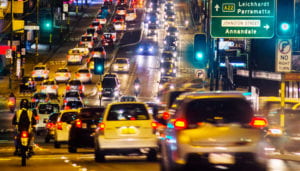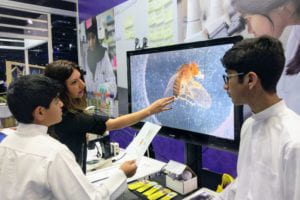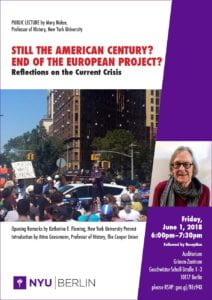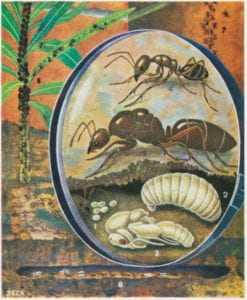AUSTRALIA’S POPULATION HITS 25 MILLION EARLIER THAN EXPECTED
By Fran Molloy, NYU Sydney Lecturer in Journalism
 On August 7, Australia’s population reached 25 million, more than two decades faster than predicted.
On August 7, Australia’s population reached 25 million, more than two decades faster than predicted.
Recently, the Australian Bureau of Statistics population clock – which adds another Australian every 1 minute and 23 seconds – rolled over to exactly 25 million.
It’s a significant benchmark, particularly when as recently as 2002, Australia’s population was predicted to climb from 19.6 million in 2002, to 25.3 million in 2042.
Instead, Australia’s already at 25 million, more than two decades earlier than expected; and if current trends continue, will likely exceed 30 million by 2030.
“When population grows rapidly, it makes it more likely that you will have further growth in the near future, because you have a younger and more fertile population,” says Professor Nick Parr, from Macquarie’s Centre for Workforce Futures.
He points out that population growth is complex; while migration has played a huge role in for Australia’s fast growth over the last couple of decades, factors like a strong economy pre-2008 and delayed childbearing also contributed to a “baby bump” in the early years of this century.
Students + Kiwis + holiday workers + expats + babies = 25 million
In 2017, net migration accounted for 62 per cent of our population increase. “That number includes international students as well as temporary workers, working holiday makers, New Zealanders and returning expatriates,” says Parr.
With house prices recently spiralling in major cities and complaints of traffic congestion and overdevelopment growing louder, rapid population growth is generally unpopular among Australians.
But there are advantages, Parr says – chief among them that population growth due to immigration both supports our ageing residents – and slows the overall rate of ageing of our population.
“When we have more people working and contributing taxes, the costs of population ageing are spread more widely,” he says.
He says that a more pressing issue for Australia than population growth, is its distribution. “Geographically, our population growth is very heavily concentrated in the major cities, which is the key factor influencing congestion and housing issues.”
What’s next? “Our population will continue to grow, and we need to plan for that as best we can,” he says. “We need to look further into the future to ensure today’s children are educated and trained in areas that would be gainfully used in the labour market, so they help defray the costs of population aging and contribute to tax dollars.”
This article has been republished with the permission of The Lighthouse, Macquarie University’s multimedia news platform.









